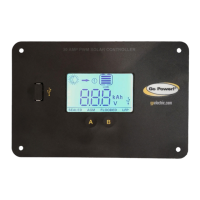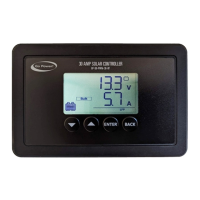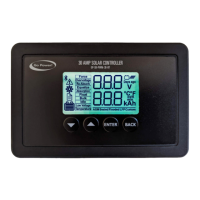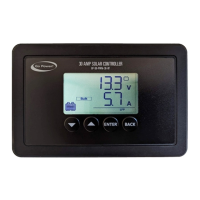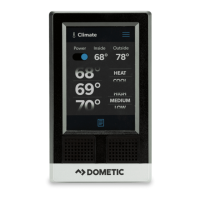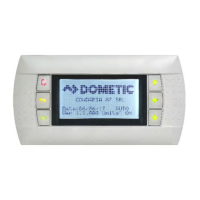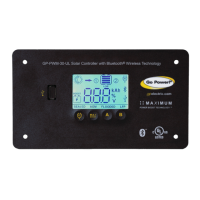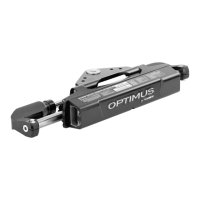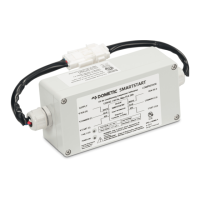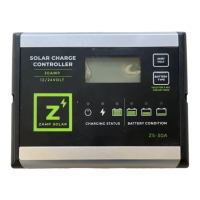gpelectric.com | [page 9]
Maximum power point tracking is used to charge the batteries with the highest current possible, but this is only part of the
equation. A battery cannot be charged at maximum power all the time for safety reasons, so multiple stages are used.
These stages include: bulk, absorption, oat and, for some types of batteries, equalization as indicated below.
STAGE 1: BULK
In quick charge stage, the battery voltage has not yet reached the set value of full charge voltage (i.e. equalizing/boost charge
voltage) and the controller will perform MPPT charging, which will provide maximum solar energy to charge the battery. When
the battery voltage reaches the pre-set value, Stage 2 charge will start.
STAGE 2: ABSORPTION
When the battery voltage reaches the absorption voltage, the controller will perform constant voltage charging. This is no
longer MPPT charging, and the charging current will gradually decrease with time.
STAGE 3: FLOAT
Float charge is conducted following the absorption charge stage. The controller will reduce the charge current to a small
amount in order to reduce sulfates on the battery plates or to allow a lithium battery to balance it’s cells. If the load exceeds
this small current the battery voltage will start to decrease until it reaches the recharge voltage. When the battery voltage falls
below the recharge voltage, the controller will switch back to bulk charging.
5. CHARGING STAGES
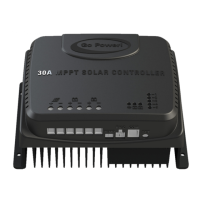
